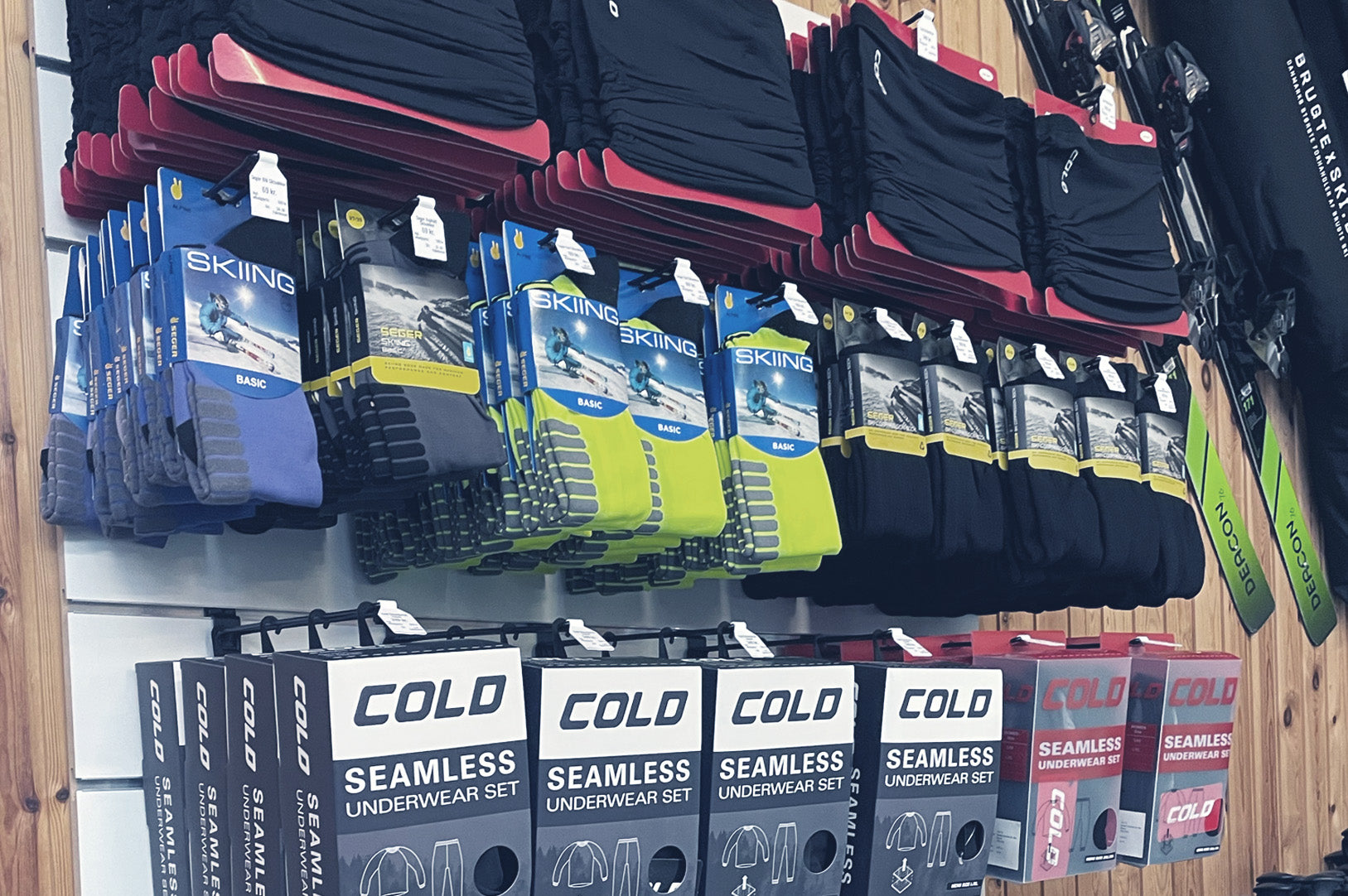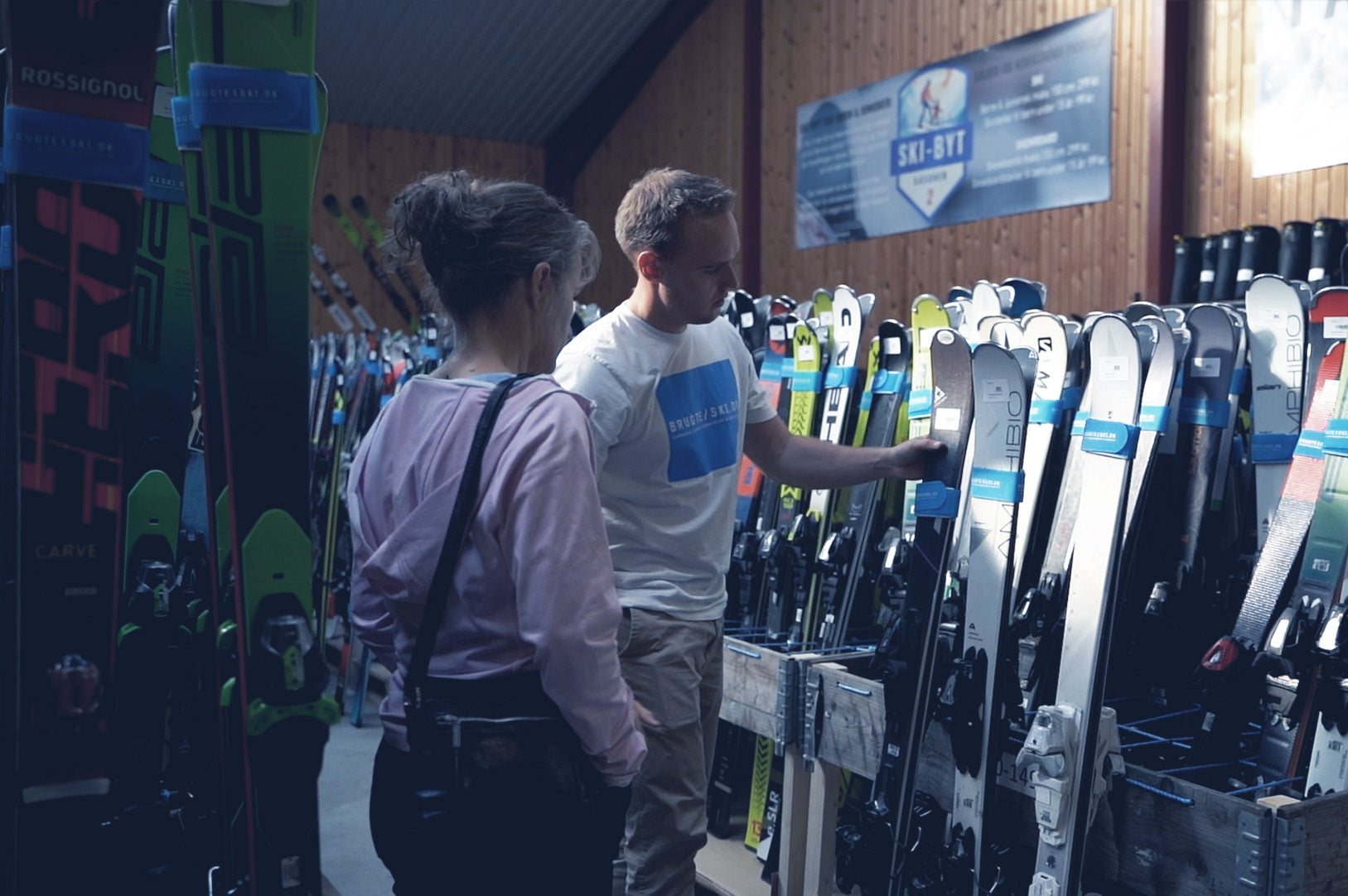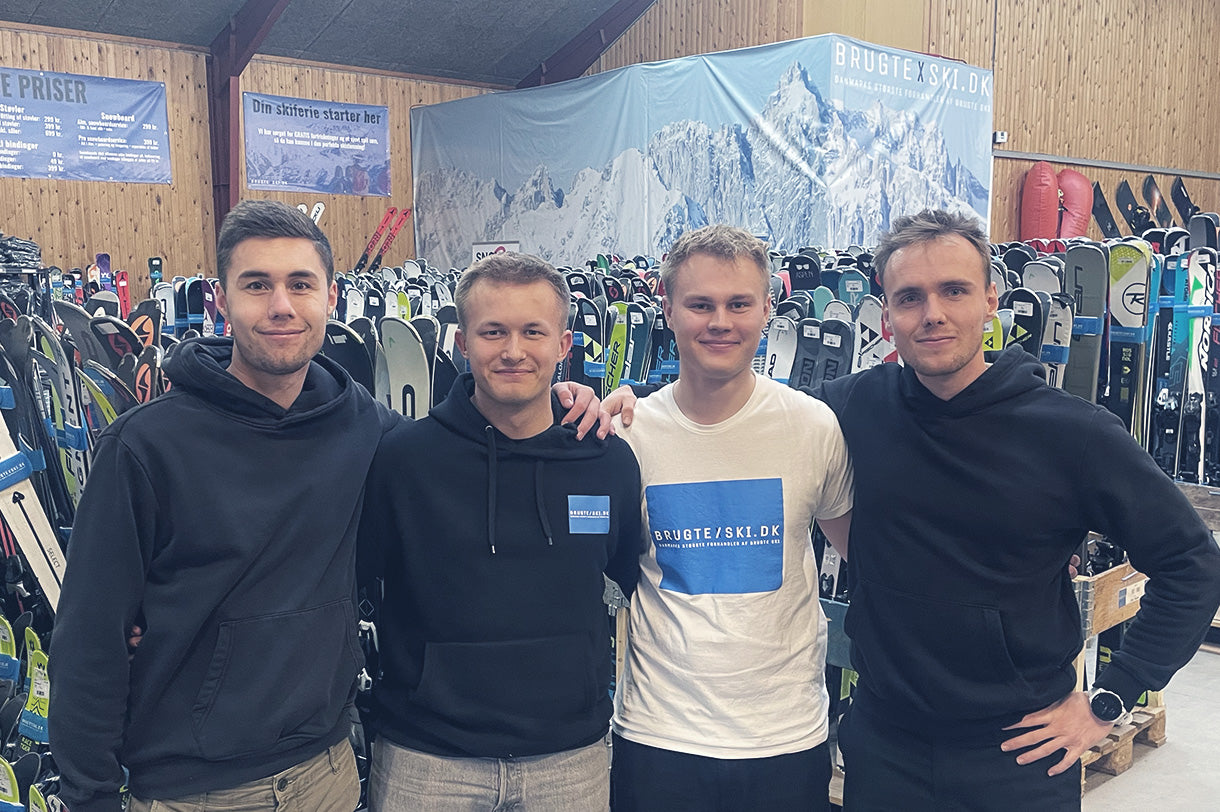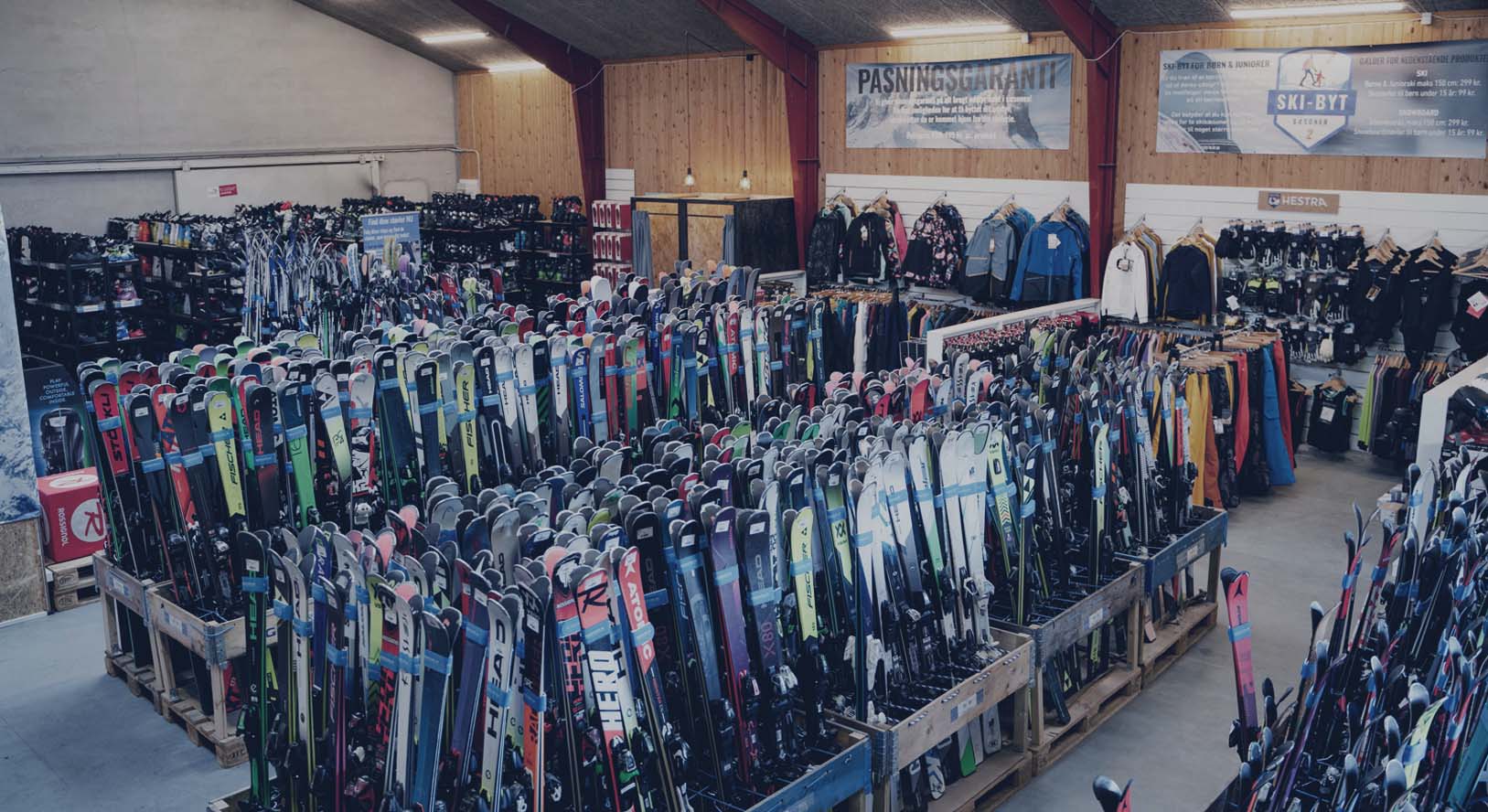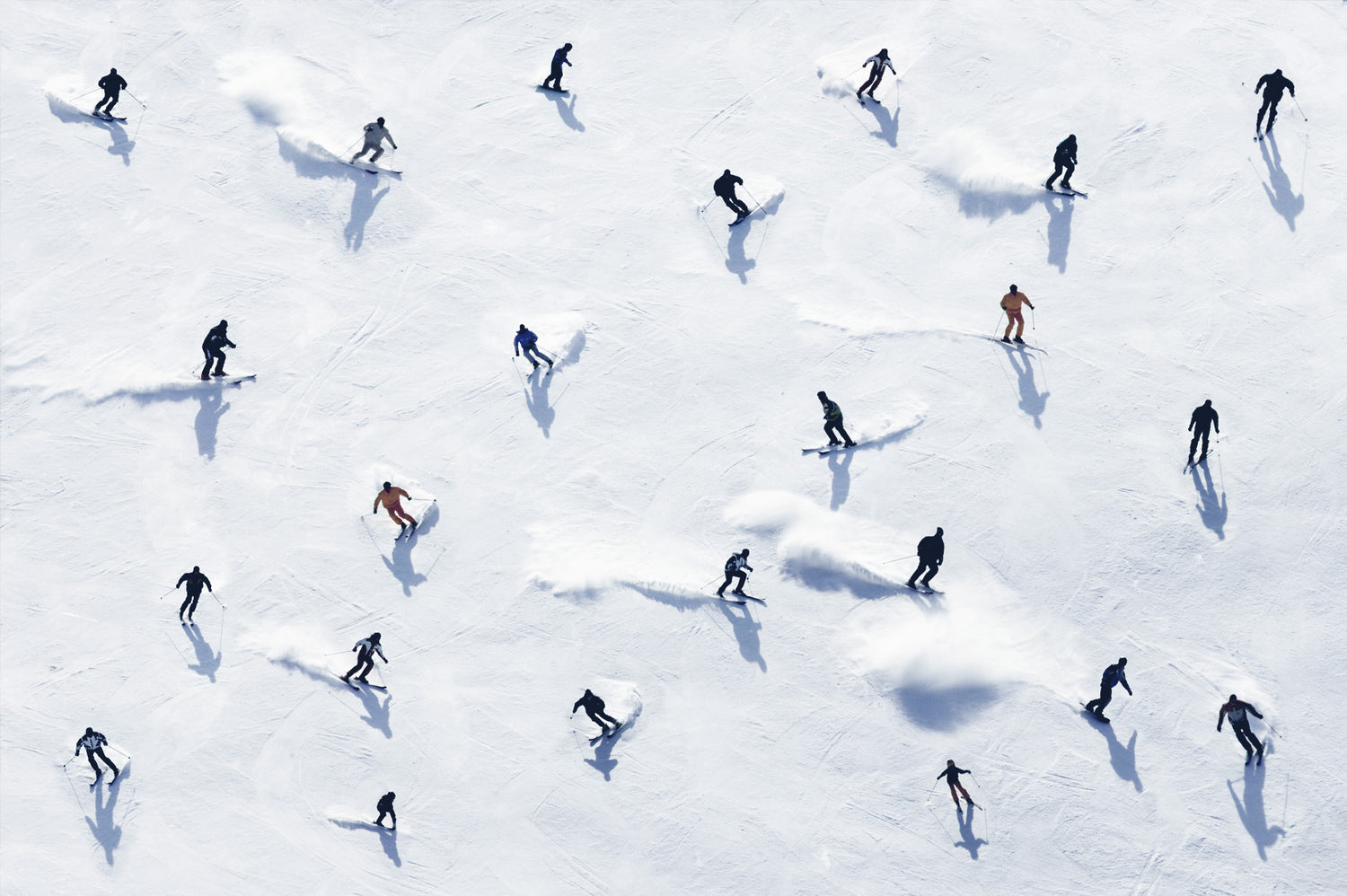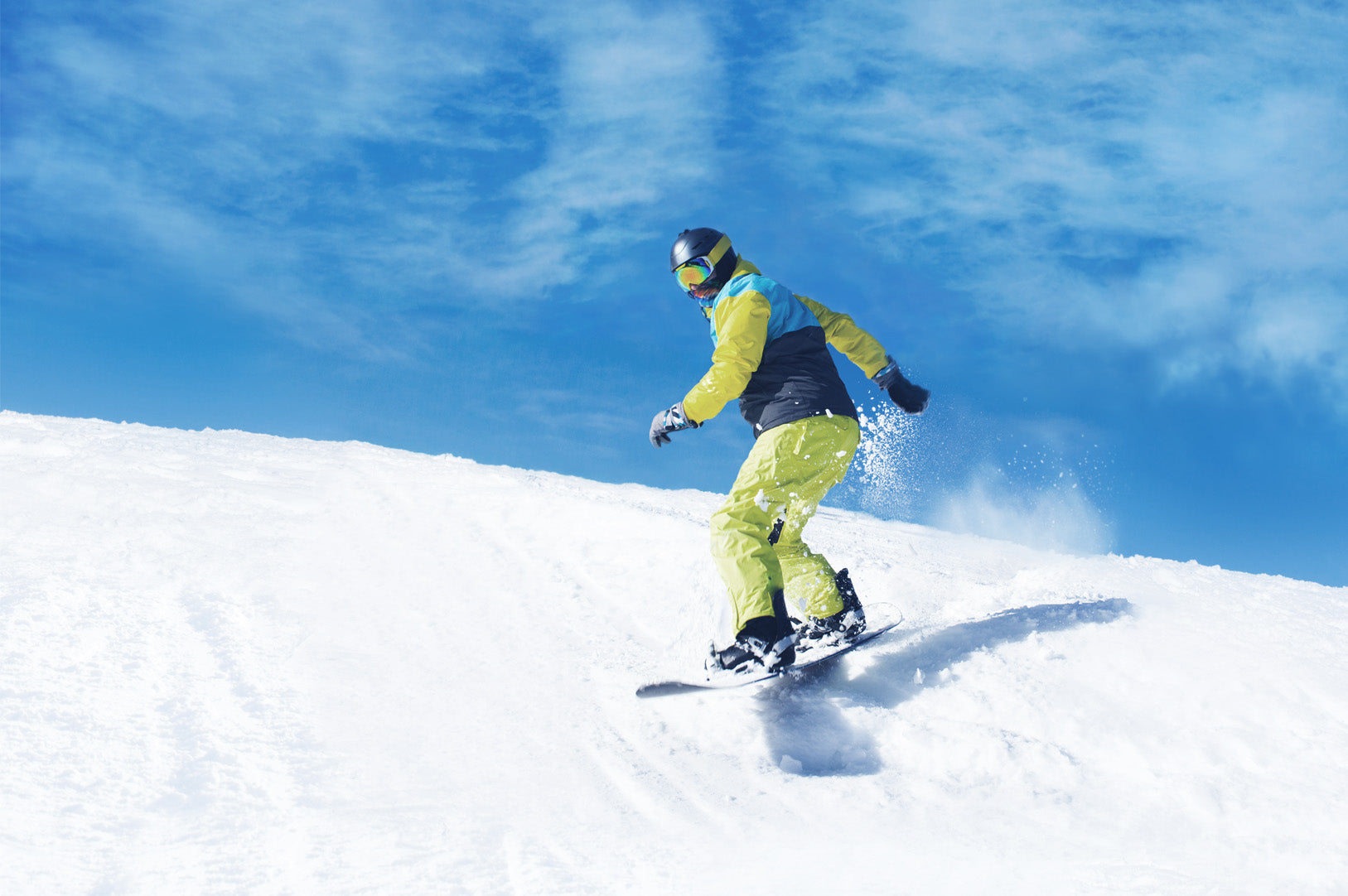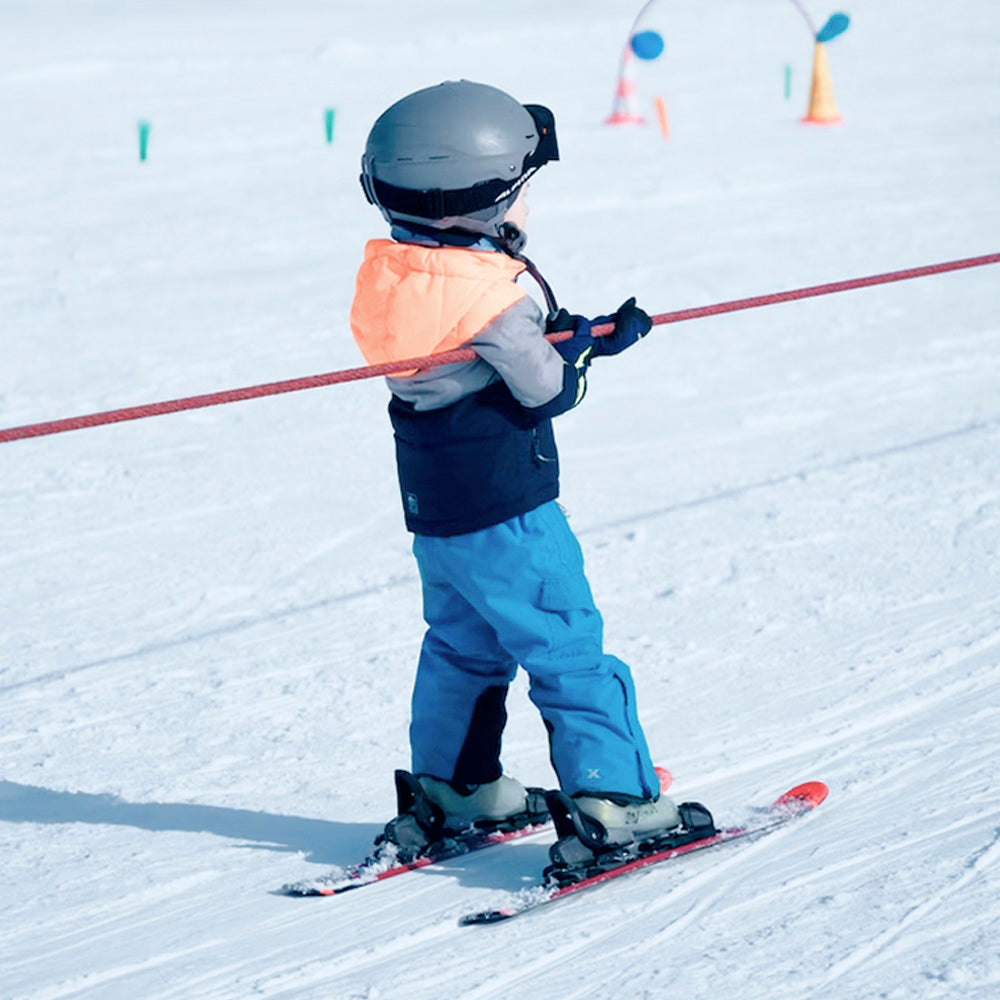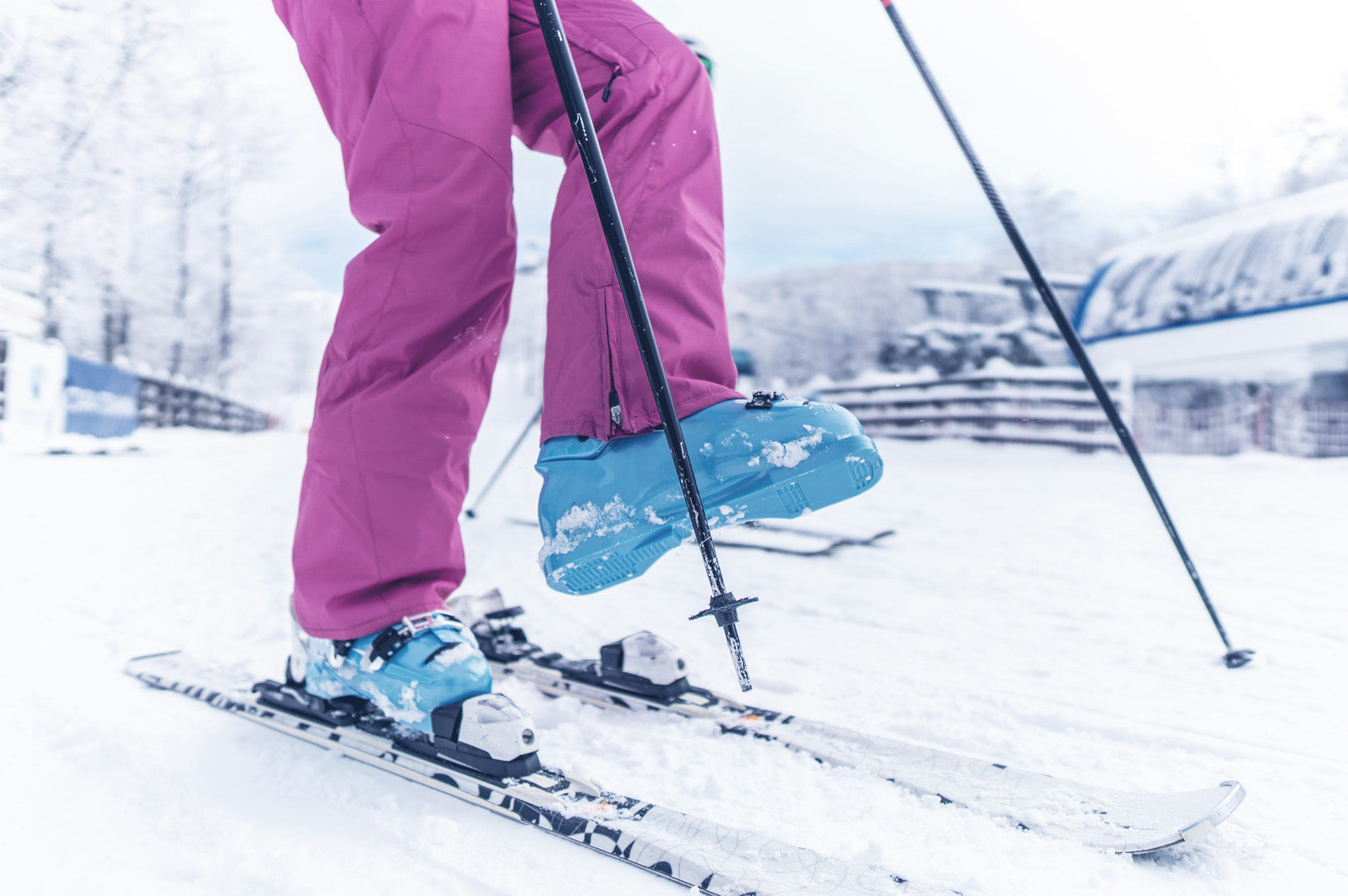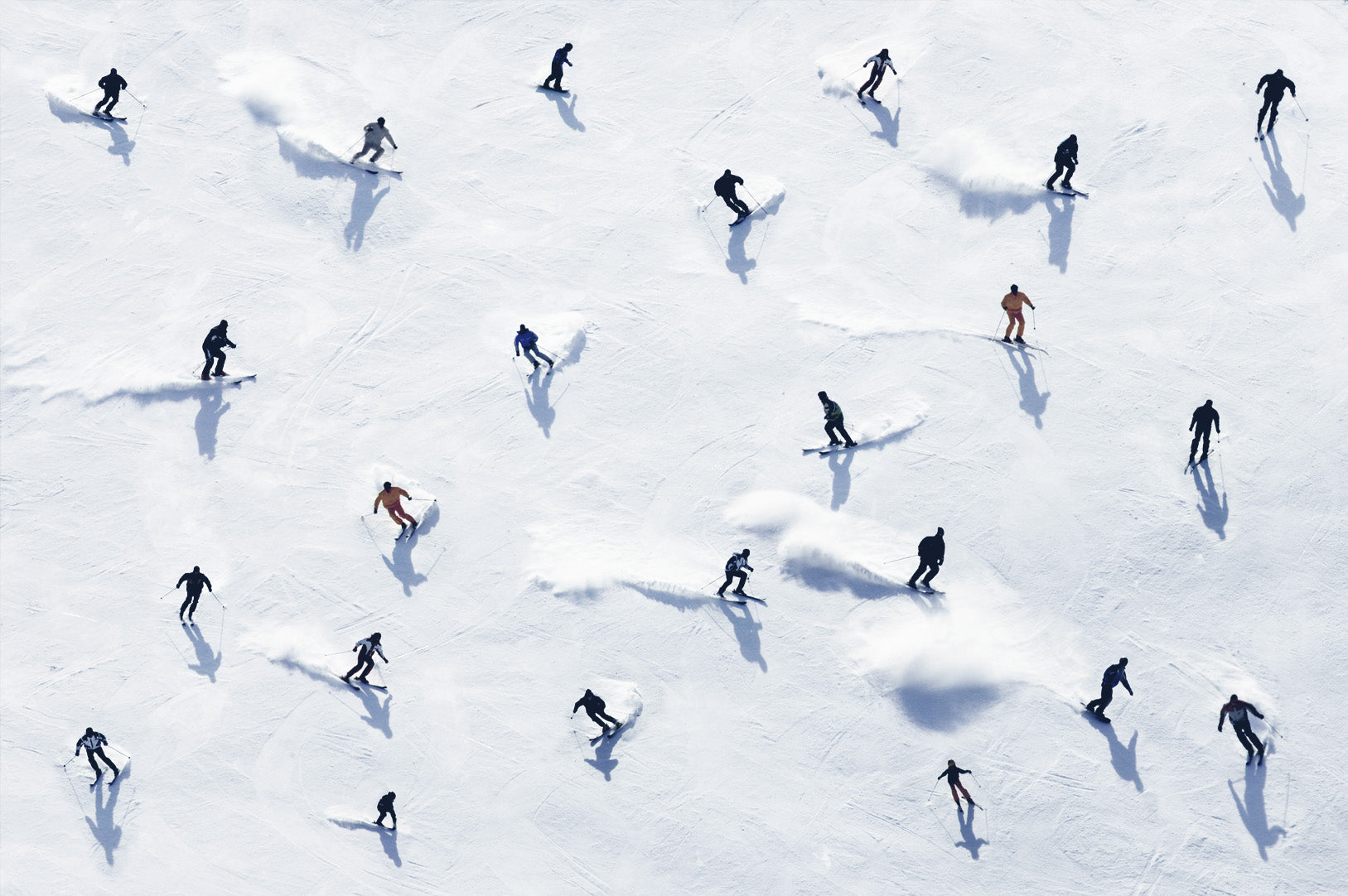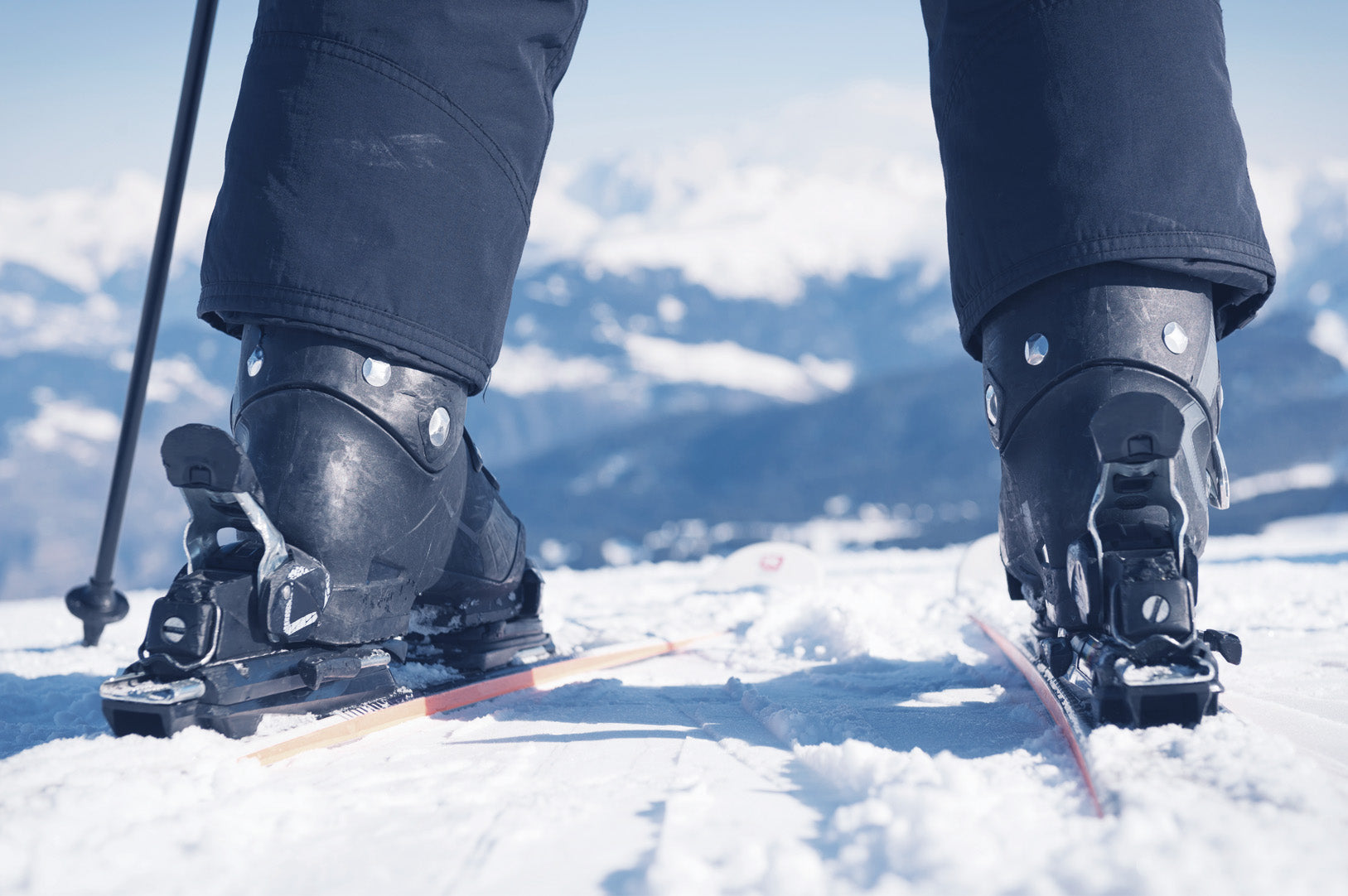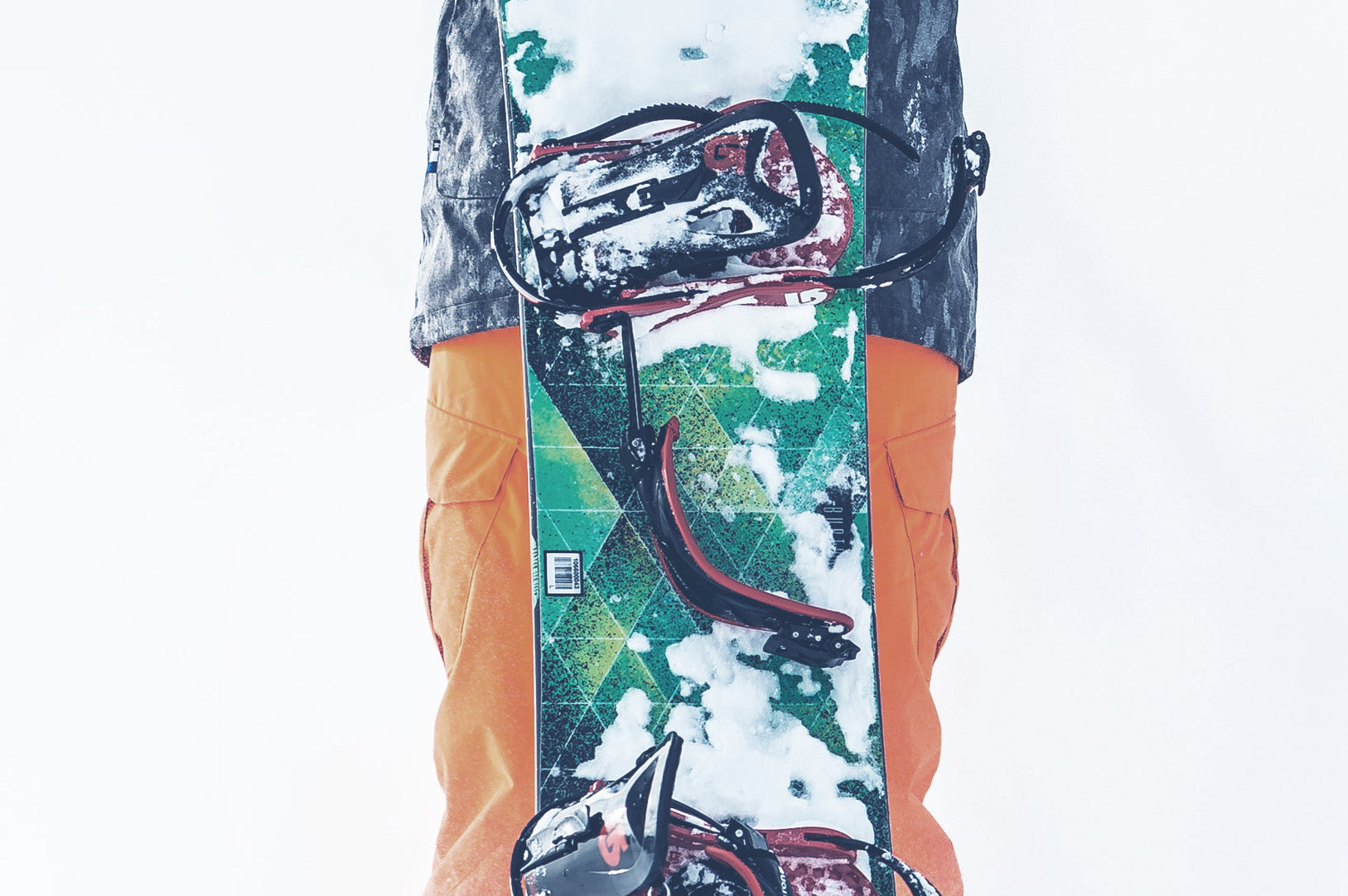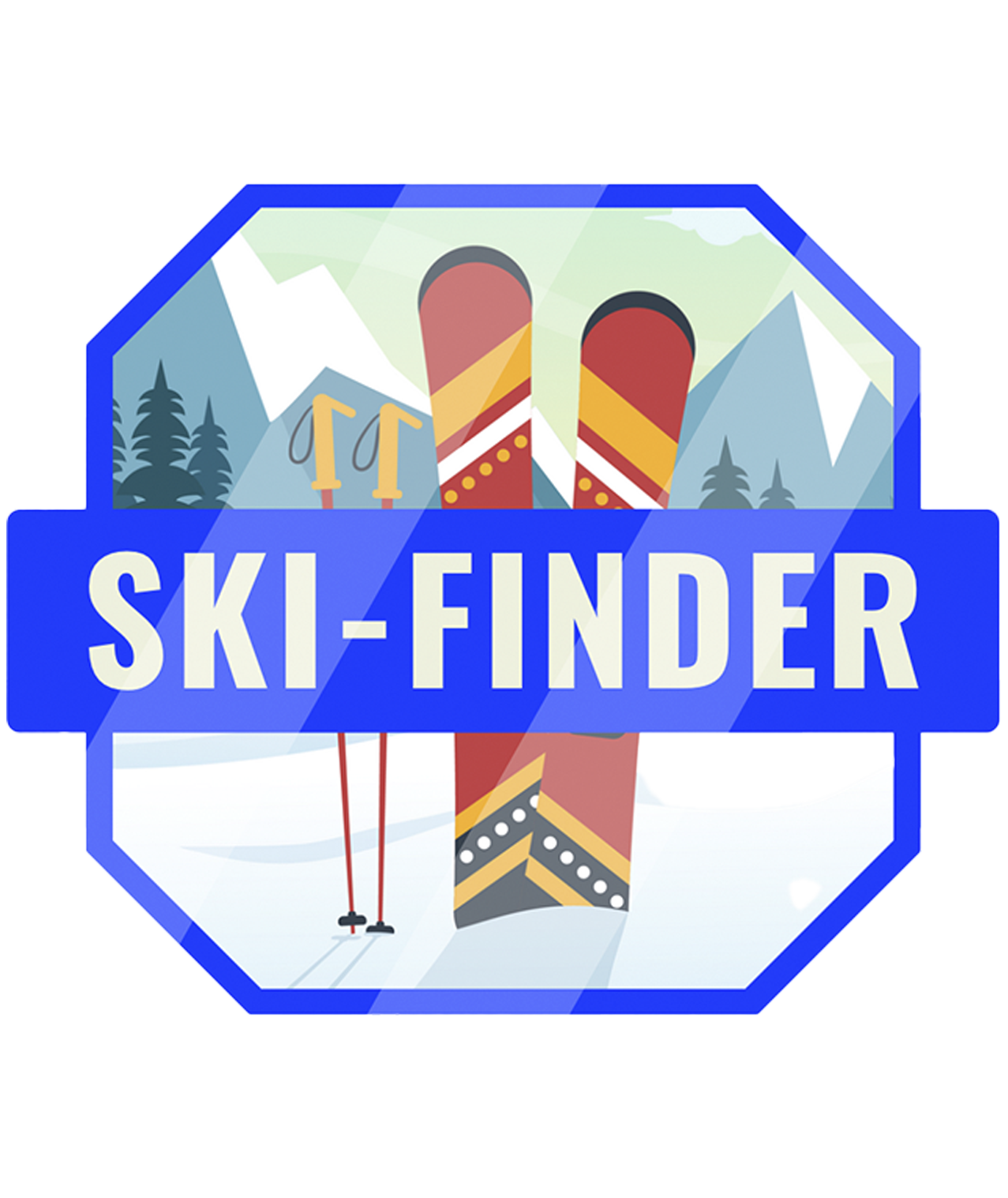Finding the right skis for yourself or someone else can be a really difficult task... Fortunately, we are always ready to help you. Therefore, we have created this step-by-step guide, which takes you through the entire process, from exactly what type of skis you should be looking for to how long they should be. To make it even easier for you, we have even created a test you can take in a few minutes, which takes you through all the relevant questions, and finally shows you which skis exactly suit you!
Let us find the skis for you
With our ski-finder test, it's like getting help from our staff in the store, except now you can just sit at home on the couch and sort it out! The test asks all the relevant questions to find skis that suit you, and then you are shown the exact selection on our website. You will also be able to choose to add your email at the end, and then we will send you a full description of why these are exactly the skis you should be looking at.
5 points to help you find the right skis
How do I find the skis on the website?
1. Gender
You might first think, "I know what gender I am." And yes, you certainly do. But when we talk about skis and gender, it's not just that men should have Men's Skis and women should have Women's Skis.
Men can certainly ski on Women's Skis and vice versa. The difference in the skis is that Women's Skis are made of softer materials than Men's Skis, which makes them easier to turn. This is partly because men are naturally heavier than women, which would make it difficult for women to properly press a Men's Ski in turns.
Therefore, if you are a man with not much weight to press with, it might be advantageous to look for Women's Skis, and if you are a very experienced female skier, it would be best to choose a Men's Ski, as you would be able to have a more powerful skiing experience on a stiffer ski.
Basically, most skis are unisex, and when it comes to choosing skis, this is not the most important factor to prioritize.
2. Level
The level of skiing is incredibly important to get right, as this will have a huge impact on how you ski.
There are 3 different levels: Beginner, Skilled & Master.
Beginner skis are soft and easy to ski on. As the word suggests, they are made for beginners who need all the help on the slopes possible. Beginner skis are for those who feel most comfortable on the blue/green slopes (easiest slopes) and who seek a safe skiing experience where they have the opportunity to improve their skiing skills.
Skilled skis are for those who seek a bit more speed and enjoyable skiing on the slopes and who feel comfortable on the red slopes (medium difficulty slopes). A skilled ski is stiffer and requires that you know what you're doing. However, a skilled ski is still forgiving enough that you can make mistakes without it affecting your skiing, and it doesn't require you to ski fast to be able to control them.
Master skis are for those who have complete control over their skiing and who want the best of the best. Here, you need to be 100% comfortable with a black slope (difficult slope) and feel it's a breeze to ski down. With master skis, you will notice when you make foot mistakes, and it can affect your skiing. Here, it's also important that you ski at generally high speeds to get the full potential out of the ski.
Which level should I choose?
Here, you should use your gut feeling and feel what suits you best. It's a bad idea to choose a level too high for a set of skis and think that you will quickly be able to learn it. If you ski with skis that are too difficult, you will use all your energy to control the skis and thus not be able to use the energy to become a better skier.
If, on the other hand, you want to have a higher level ski, then you should consider finding skis that are a bit shorter than what you would otherwise look for, and with a smaller radius. Shorter skis and a smaller radius make it easier for you to control the skis, and conversely, longer skis and a larger radius make it harder to control.
3. Type
Ski type is used to find out what kind of alpine skis you are looking for.
There are 4 basic types: Piste Skis, All Mountain, Off-Piste (Freeride) & Twintip/Park (Freestyle).
Piste Skis are, as the word suggests, designed to be used on the groomed slopes, which most skiers ski on. Here, you get a set of skis that are good for making turns and have plenty of grip and stability on the hard slopes. The safe choice for most, and something you can't go wrong with.
All Mountain skis are the all-in-one ski, which is a mix of piste, off-piste, and park skis. These skis are not really good at anything but work fine everywhere. They are for you who want a versatile ski, both to ski on the slopes but also to take them out in the soft snow next to the slopes.
Off-Piste skis, also called freeride skis, are, as the word suggests, made for off-piste. They are wider and softer, which gives them more buoyancy in the soft snow and more forgiveness in uneven terrain.
Twintip/Park skis are for the playful, who either love spending time in the fun park or jumping around on the slopes or in the off-piste. These skis are often softer and more square, making them good on rails and jumps. Often, these skis also have twintip, which means the skis curve up at both ends, making them suitable for skiing backward.
How do I find the right type of ski for me?
When choosing what type of ski you are looking for, you should consider how much time you actually spend in different areas on the mountain. That means if you are considering some all-mountain skis because you also want to ski off-piste, but actually spend 90% of the time on the piste. Here, you would probably be better off with a set of piste skis. Piste skis can certainly be used off-piste and everywhere else.
So when you need to find your ski type, you should either consider where you spend most of your time or whether you should invest in two different sets of skis;)
4. Radius
Radius is most relevant to sort by when looking for piste skis, as the other types of skis often have a higher radius by nature due to their construction.
If you're not quite sure what radius means, you can read our ski guide here!
You can divide radius into 3 groups: Small, Medium & Large
Small turn radius are skis designed to make small sharp quick turns. Here, you get a ski that helps you make the turns and is easier to control than skis with a larger turn radius.
Medium turn radius is the most common turn radius, and here you get a pair of skis that can make all kinds of turns. With these skis, you control the size of your turns, and they are neither easier nor harder to ski on.
Large turn radius are the hardest skis to ski on. These skis require lots of technique to control and manage. Furthermore, skis with a large turn radius require more speed to get the best out of them, as they are designed for the really big fast turns down the slope.
5. Ski Length
Finding the perfect ski length can be difficult if you don't have a reference point. The best way to find your ideal length is to try it out on the slopes. Unfortunately, this is not always an option in Denmark, so we have to do it based on the best knowledge we have!
Below you see a chart that takes into account your level, type, turn radius, weight, height, and ambition level to find the ideal length. This is the most accurate way to do it, as the length of the skis depends on what type of ski you want to ski on.
This means you need to know what level, type, and turn radius you are looking for to find out how long the skis should be. Additionally, the calculated length is subtracted by 3 and added by 3, so you have a larger range to look for skis in. Whether a ski is 3 cm shorter or longer doesn't make much of a difference and is not something you would notice.

How do I find the skis on the website?
Once you know your gender, level, type, radius, and ski length, it's super easy to find the skis on the website. We have set up a filter system, which you can access with a button at the bottom of the screen on mobile or on the left side of the screen on PC.
Open the filter system and enter your respective values under each of the fields, and the website will show all the skis that match your criteria.
If no skis appear, try adding more lengths and adjust the criteria so you search more broadly. It's not always that what you think you need is what you actually end up with. There is a huge difference in the skis, and it's hard to categorize them completely.
See all our Men's & Women's Skis here!


